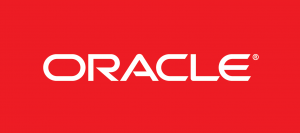Improving instance recovery performance
You query V$INSTANCE_RECOVERY view and consistently receive an OPTIMAL_LOGFILE_SIZE value that is greater than the size of your smallest online redo log file. The OPTIMAL_LOGFILE_SIZE column of the V$INSTANCE_RECOVERY view can be used to determine the appropriate size for all of the online redo log files in your database. If the value of the OPTIMAL_LOGFILE_SIZE […]
